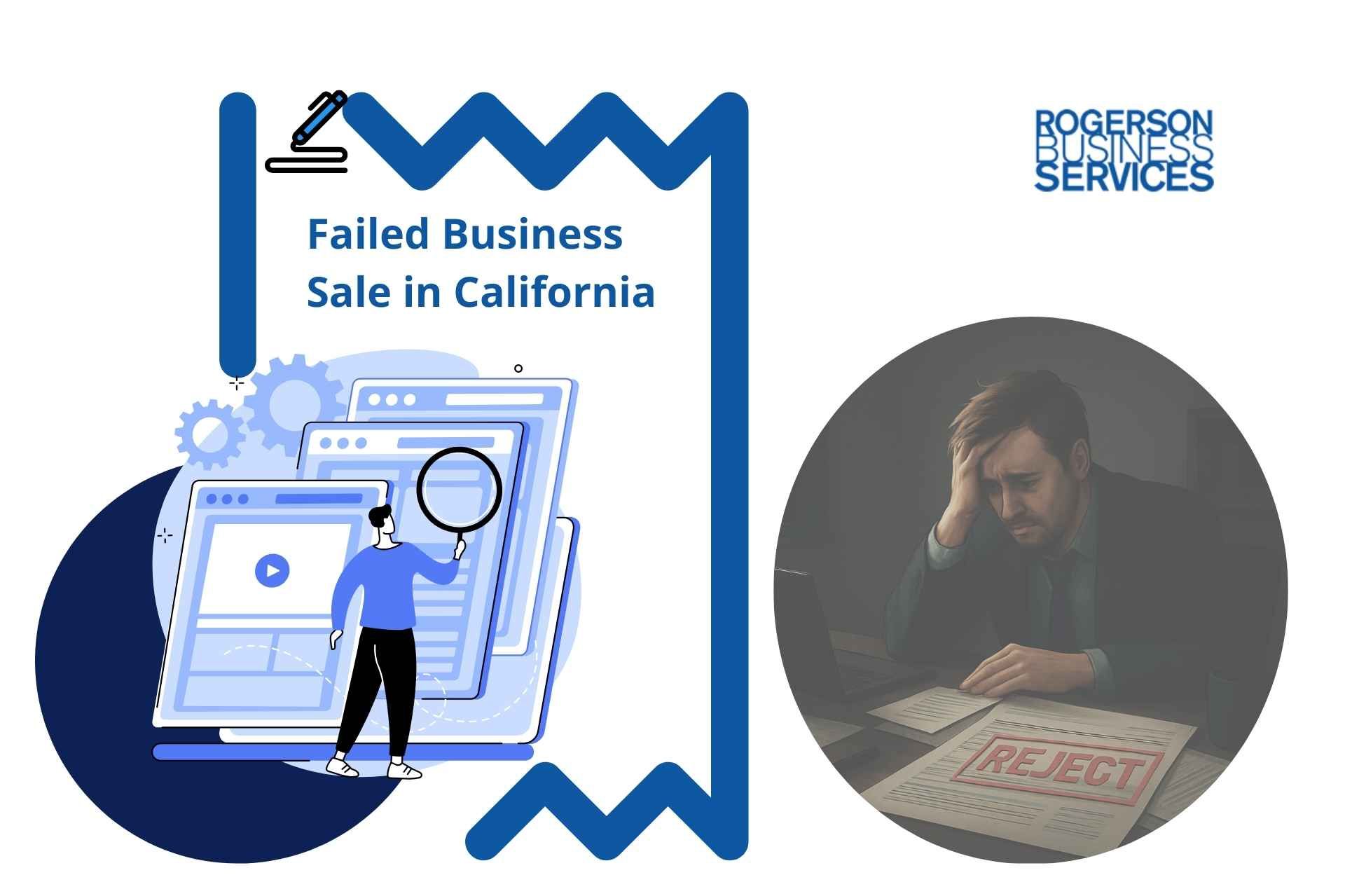Is it Time to Plan your Exit from your Lower Middle Market Business?
Exit Strategy Considerations For Lower Middle Market Businesses

Is the conversation about to start about getting back to “normal?” After all, what is normal is different to each of us.
For those that own a business, “normal” may not present itself until we move away from business ownership and settle into our personal routine and what that means to us.
If you are a business owner, the lockdown of 2020 and 2021 may be encouraging you or indeed, forcing you to decide what the future of both you and your business looks like.
Businesses typically fall into one of four categories.
1.
Startups
2. Main Street
3. Lower Middle Market
4. Large Corporations.
Number of Employees and Gross Revenue
It does not come with a hard and fast rule but each of these four categories looks at two components to guide which category they belong. These two categories are the number of employees and gross revenue.
According to the US Census, which collects this data, for a business to be part of the Lower Middle Market category, the business will have 20 to 99 employees and gross revenue from $2,500,000 to $100,000,000.
According to the data published using the North American Industry Classification System or NAICS, at October, 2020, there are 637,616 businesses with 20 to 99 employees while there are 577,205 business with gross revenue between $2,500,000 to $100,000,000.
Surviving the first five years
According to data from the US Bureau of Labor Statistics and their analysis of the survival rate of businesses started between 1994 and 2015, the data consistently shows that 50% of businesses make it past five years but that only 20% make it up to 20 years.
This is an intriguing statistic as it shows how hard it is for a business owner to get their business to five years of success and then to still have it operational after 20 years.
Complexities of business ownership
What is the reason that only 20% of businesses survive to 20 years?
There are many reasons, and these include:
1. The economy is always in motion due to changes in interest rates, decisions from the Federal Reserve Banks around the world, the natural ups and downs of the economies from climate to political events, to natural disasters, to economic events such as we have seen from early 2000 with the dot.com crash to 2008 and the Great Recession to 2020 and the COVID-19 pandemic rocking the global economy.
2. The markets the business services are always in motion putting pressure on businesses to stay relevant to meet the needs of its customers. The markets include the geographies in which the business operates be they local, regional, statewide, nationally, or internationally. The more markets the business services the greater the complexity as often the same basic customer in each market may want something a little different and the business must understand that dynamic to stay relevant. If the business is in a market where it changes, even slightly, this can be difficult for the business. For example, I am currently selling a roofing supply business located in Northern California. Northern California material and designs are slightly different to Southern California and indeed other markets throughout the US. A business owner needs to understand these differences if they plan to move into new markets or they will be unsuccessful.
3. Just as the economy or markets change, so do laws creating another variable for the business to manage and survive.
4. Another variable may be local, state, and national taxes and their impact both on the owner of the business or the customers and how much they must pay.
5. Competition is the basis of the capitalist system. It ensures the best price, highest quality, and the quickest time possible.
Responsibility of Private Ownership
Just as we talked about the complexities of business ownership in the last section, we cannot forget the owners of the business. Almost all businesses in the lower middle market are privately held and often, they are the founders of the business and naturally providing the vision of the business.
The owner of a privately held business obviously operates the business to take home the profit the business generates each year. Over time, they also build equity in the business. As part of its success, they must pay tax. Because the business is privately held as opposed to a publicly traded company, it is much more flexible and does not have the scrutiny and cost of public company on Wall Street. Additionally, as the business grows and becomes more successful, the net worth of the owner increases which is great, but it also puts at risk the owners net worth. This applies especially as they approach retirement age, and any negative upcoming events may have on the value of the business.
Other factors to consider include:
1. The personal health, stage of life and more that is happening with the owner or owners of the business. Life happens and if the key decision makers are unable to focus on the success of the business, negative things can happen.
2. Equally, the owners of a Lower Middle Market business should have key employees in place as part of a management team. The risk to the owner of the business is that a key employee can be fully trained and then decide to leave triggering costs to find a replacement, train them on the way the business runs and blend them into the culture of the business.
Only certainties are Death and Taxes.
As the saying goes, there are only two certainties – death and taxes. If you own a business, there is a third certainty and its simple. At some point, a business will transition from its current owner to a new owner.
Yes – the transition can mean bankruptcy if the business fails, and as the statistics show, up to 5 years after starting, only 50% of businesses survive.
However, the larger the size of the business the more thought and planning needs to go into the transition. The transition does not just include the day-to-day operation of the business. If the owner/seller wants a successful exit of their business at the highest price it means looking for the ideal buyer or buyers.
Preparing an exit strategy is not just a move that an owner looking to sell should make. It’s actually good business to have a variety of exit strategies ready, just in case.
To help make this point, look at Warren Buffet and Charlie Munger and what they have done with Berkshire Hathaway and at 90 years of age and 95 years of age respectively, the transition they are putting in place.
Go big or go home
Speaking of Warren Buffet and Charlie Munger of Berkshire Hathaway, how much time and effort has been placed on their transition? In 2021, Berkshire Hathaway had $154 billion of depreciated fixed assets under management. The next company was AT&T with $127 billion.
To successfully manage these assets, you need systems and accountability or the transition from old to new runs the risk of destroying the business.
This analogy is a reminder to the owner of a Lower Middle Market business they need systems and accountability to transition the ownership of their business and this means the right people around the owner to make sure the transition is successful.
As Eliza Dushku has been credited with saying: Go big or go home.
Transition to your new ‘normal’
In California, the transition to our new normal will be highly visible as the state and local governments have been aggressive with lockdowns, wearing masks, requiring social distancing in every retail and business location you enter and more.
As the restrictions ease, use the opportunity to see the need to plan the transition from your business ownership to new owners if that is where you are at with the ownership of your business.
Check out the most common reasons one might initiate a business exit strategy and the pros and cons of each.
Are you considering exiting your lower middle market business confidentially? Would you like to learn how we can help you with your exit plan? Let's chat
Hey there! Can we send you a gift?
We just wanted to say hi and thanks for stopping by our little corner of the web. :) we'd love to offer you a cup of coffee/tea, but, alas, this is the Internet.
However, we think you'll love our email newsletter about building value and properly position your company before transition/exit your business ownership.
As a special welcome gift for subscribing, you'll also get our helping and educational guides, tips, tutorials, etc.. for free.
It's filled with the best practices for retiring serial business owners like Dan Gilbert, Larry Ellison, Warren Buffett, and many more.
Just sign up for our emails below.


